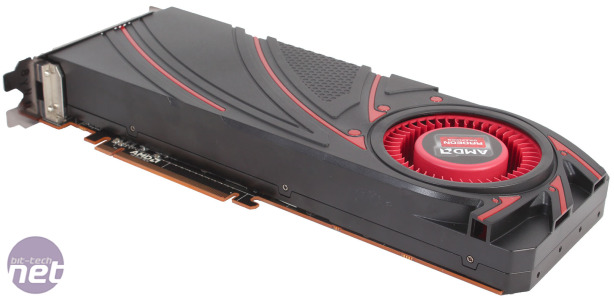Overclocking
We used AMD's Catalyst Control Centre for overclocking as MSI Afterburner doesn't fully support certain features like the target temperature yet. We also used the free GPU-Z utility to check our actual clock speeds, as CCC annoyingly insists on presenting them as percentages, with no option to change this.We left the target temperature at the default 95°C. Even though this is hot, we experimented with lowering it to achieve higher overclocks on the R9 290X but to no avail, and it's no hotter than the card runs under load with its default clocks anyway. We set the maximum fan speed to 100%, so that we wouldn't be limited by thermals, and adjusted the power limit to its own maximum of 150% to prevent power limiting us too. Presently, no manual voltage control is offered for the 290 series.
We achieved a final maximum core clock speed of 1,110MHz, which is a very tasty 17.2 percent boost over stock. It's also just 10Mhz behind the clock we got our R9 290X to. We tried pushing the R9 290 further, but in doing so quickly experienced unwanted graphical glitches and instability. As for the memory, we reached a speed of 1.425GHz (5.7Ghz effective) before seeing failures, and this is a 14 percent boost. This is actually a little faster than we got the R9 290X to here, but this is most likely explained by variation in the performance of the individual memory chips. At these speeds, the fan reached peaked at a speed of 53 percent, which is definitely on the loud side of things (for an indicator of just how loud, check out the video in our feature on the 290X's temperature), and this is also in an open chassis with good GPU airflow; a favourable thermal environment for a graphics card if ever there was one.

MSI MPG Velox 100R Chassis Review
October 14 2021 | 15:04










Want to comment? Please log in.